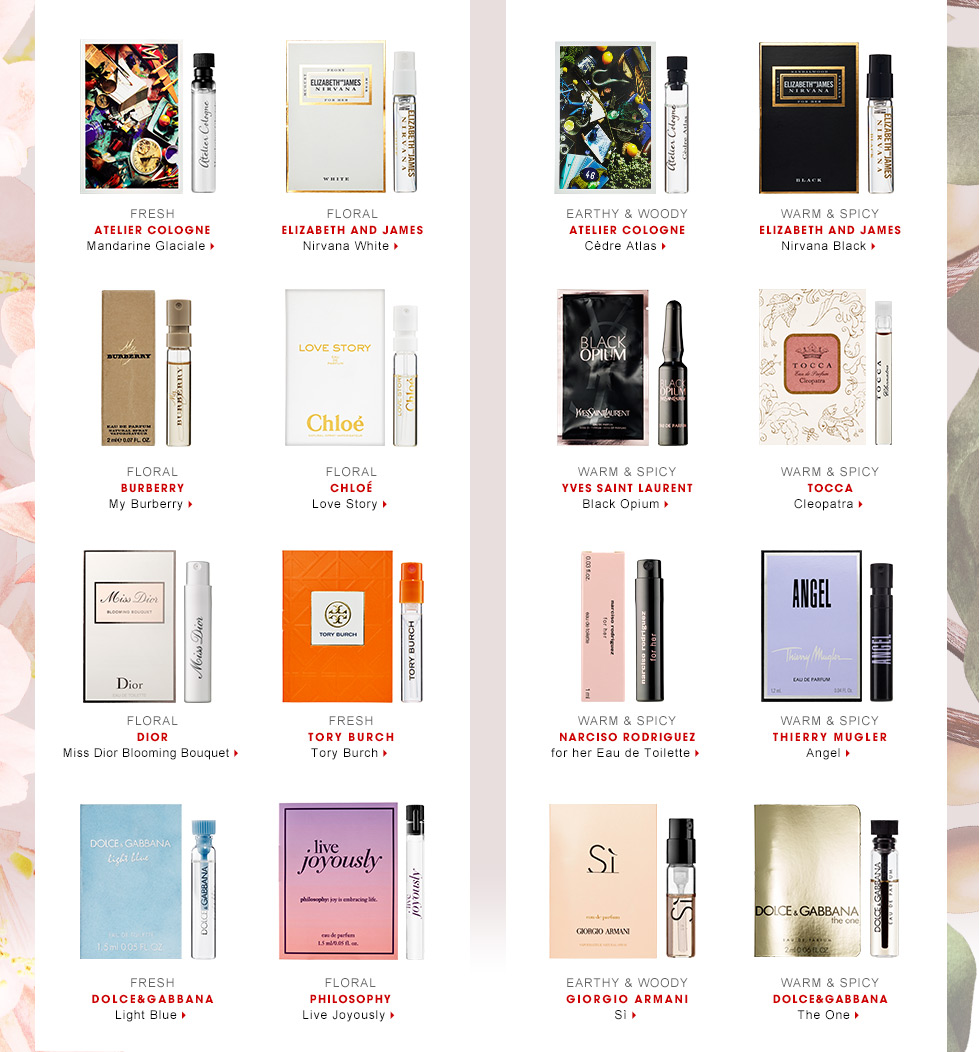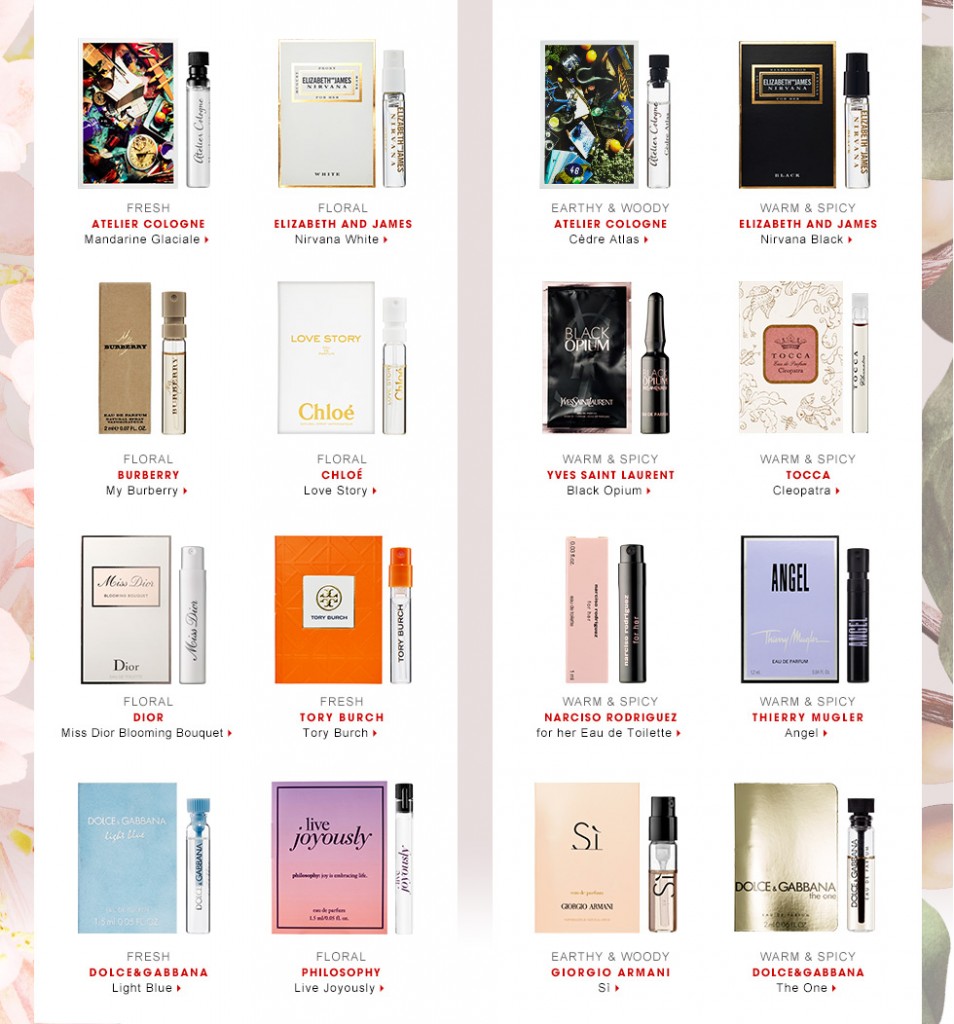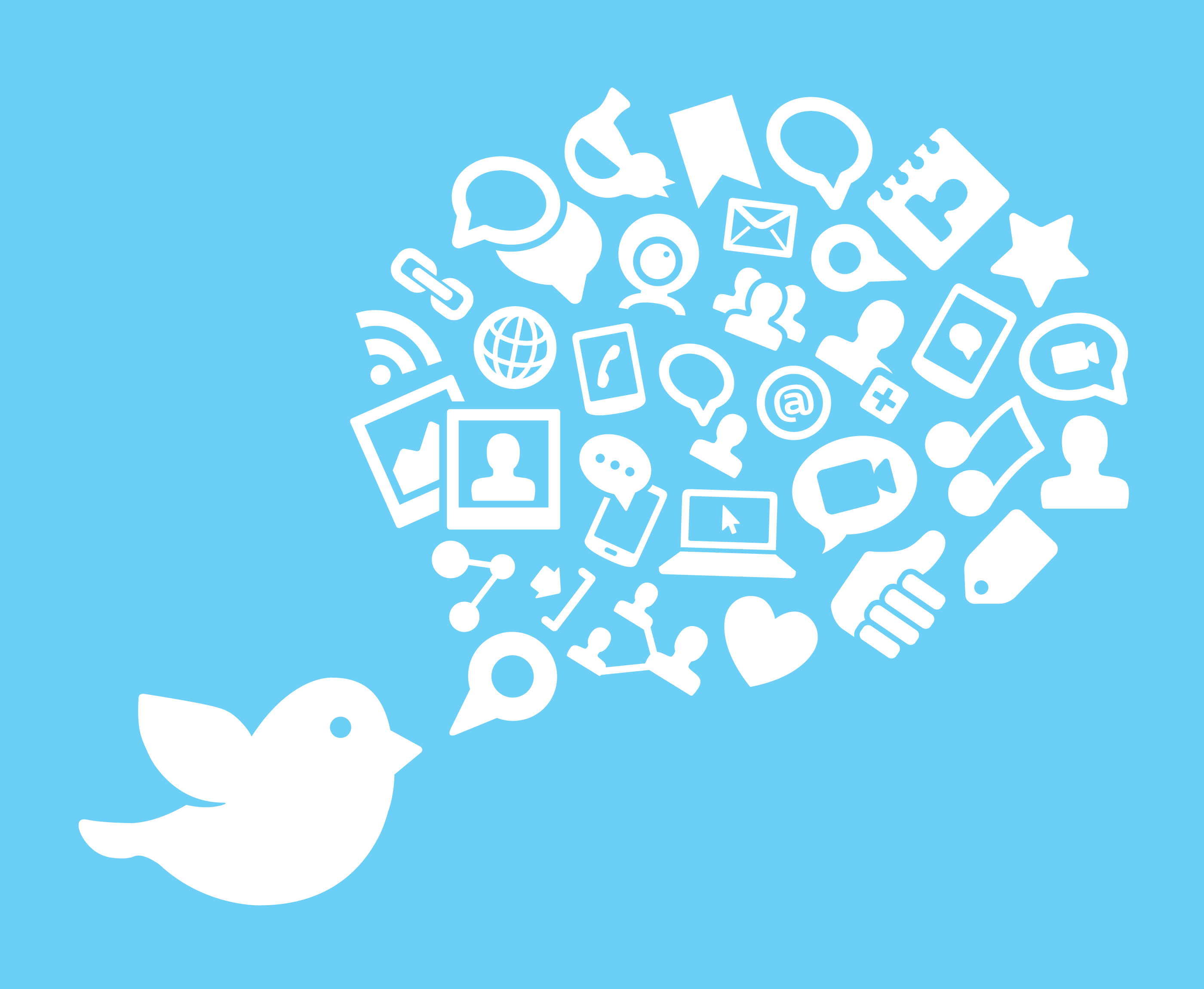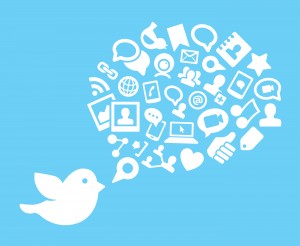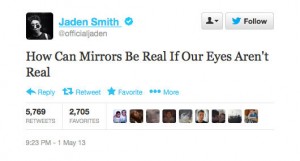On the surface, TOMS unique ‘one – for – one’ business model concept may seem well intended. However, having said that; doubts have arisen as to whether the shoes being donated to the needy was actually a true act of CSR on behalf of the firm, or whether it was merely an ingenious marketing ploy to enable the firm to gain firm traction in the industry by differentiating its product and promoting its brand image by means of tying in the strong positive associations with ‘good deeds’ that allude to the actual brand name. Some might even argue that the one – for – one campaign serves as nothing more than a medium for which TOMS can rationalize it’s high prices for it’s footwear.


Either way, I believe that the ‘one – for – one’ business model, in essence, was based on good intentions. That being said, I support the ‘one-for-one’ business model the firm has decided to employ.
Regardless of whether the firm is utilizing it’s business model as a marketing strategy or stepping stone to gain a larger customer base, I feel that it does forego quite a substantial amount of would-be-potential-revenue by opting to donate it to the poor, inconvenienced and needy.
While it is true that local businesses within the region (that TOMS is donating to) will invariably be impacted negatively, I feel that if the region is impoverished to the point where individuals can barely afford shoes, that receiving them for free would help ease the burden of daily expenses that come with their already-difficult-lives. In conclusion, the lives that TOMs has helped by instigating this ongoing act of kindness will help a significant amount of people.
Bib:
http://www.toms.ca/?cid=ps_cabrand&utm_source=google&utm_medium=cpc&utm_term=%2Btoms%20%2Bone%20%2Bone&utm_campaign=CA+Brand+-+BMM&utm_content=sqC4RZnPV_dc|pcrid|44861320309|pkw|%2Btoms%20%2Bone%20%2Bone|pmt|b|
Pic Bib:
http://farahdeenafisal.blogspot.ca/2014/01/shoes-you-i-like.html
https://fromhightopstocrocs.wordpress.com/tag/one-for-one/
https://sites.psu.edu/atrimbleenglish15/2013/09/15/toms-one-for-one-rhetorical-analysis-outline/










